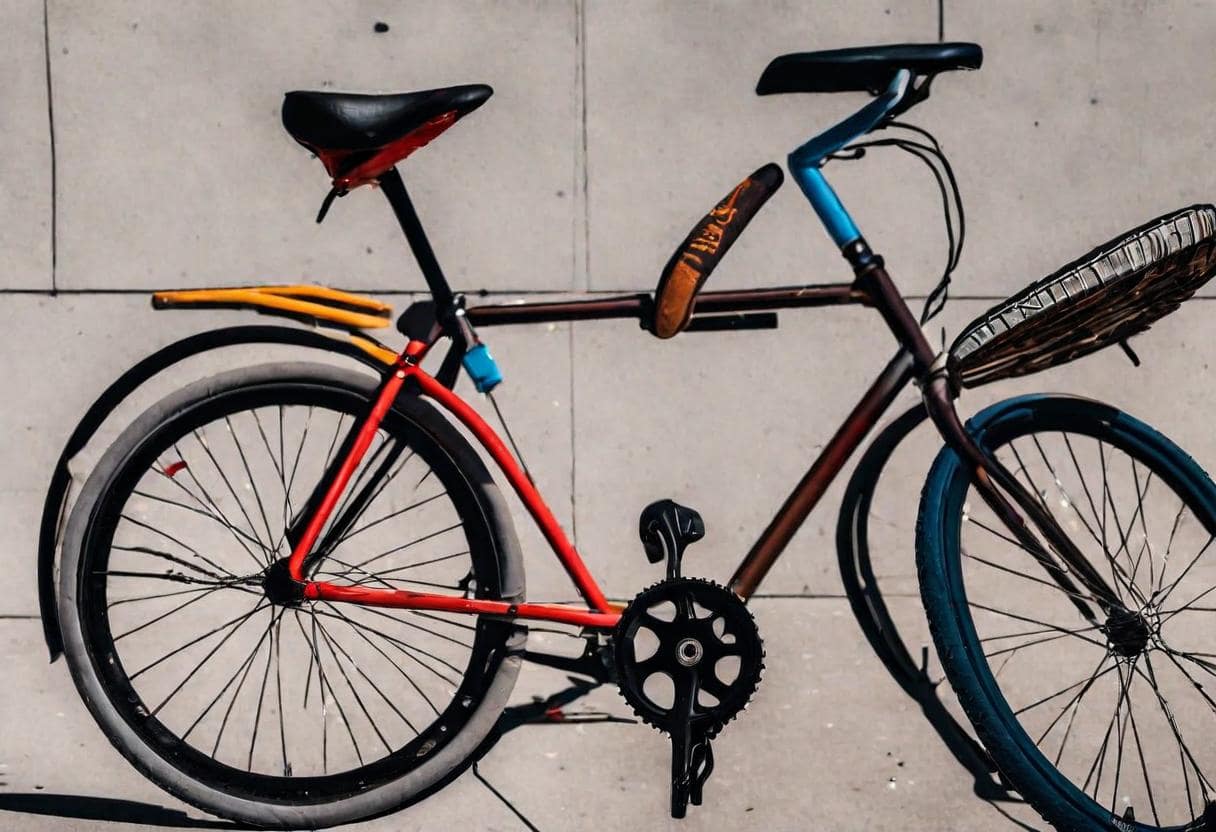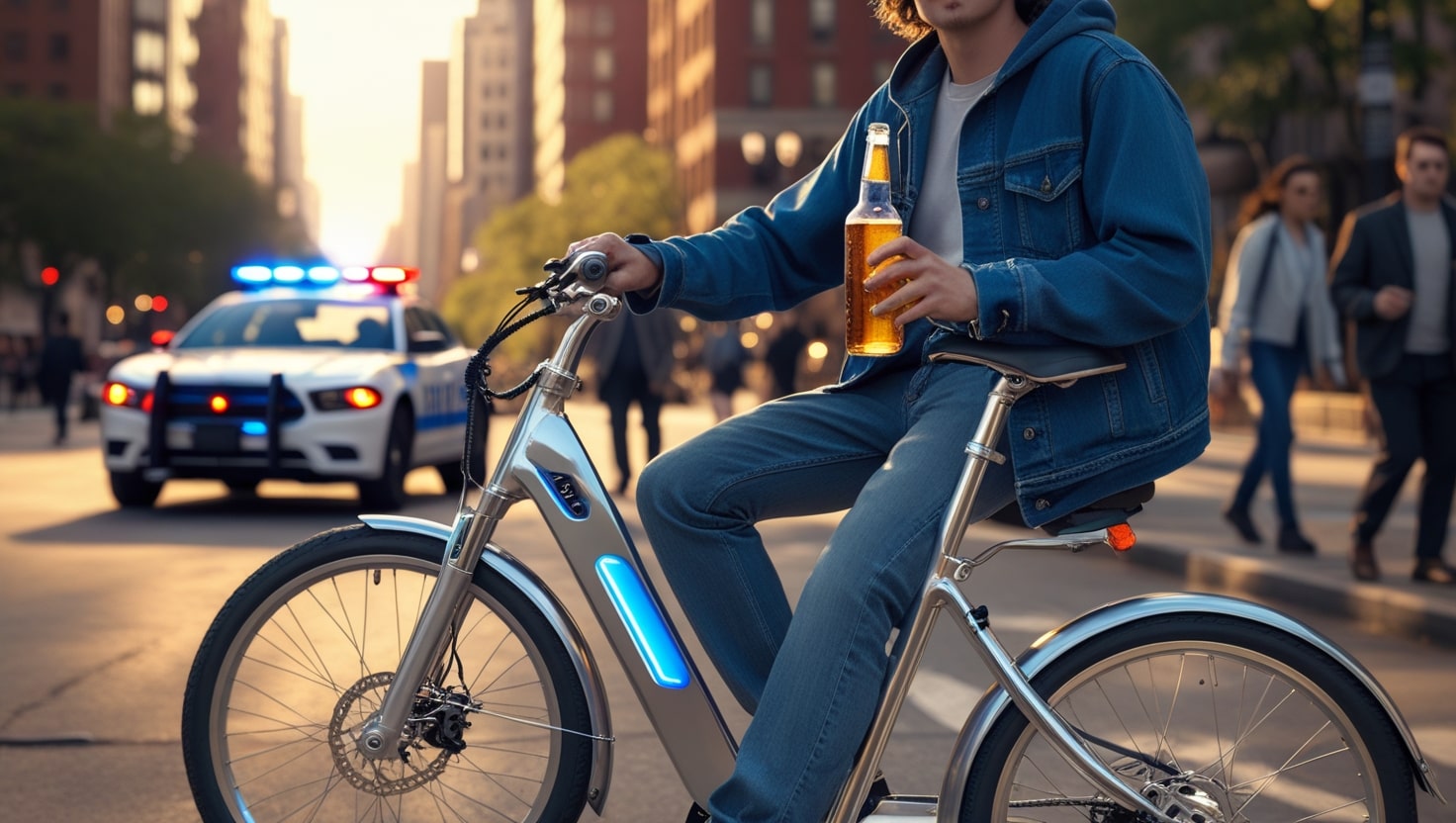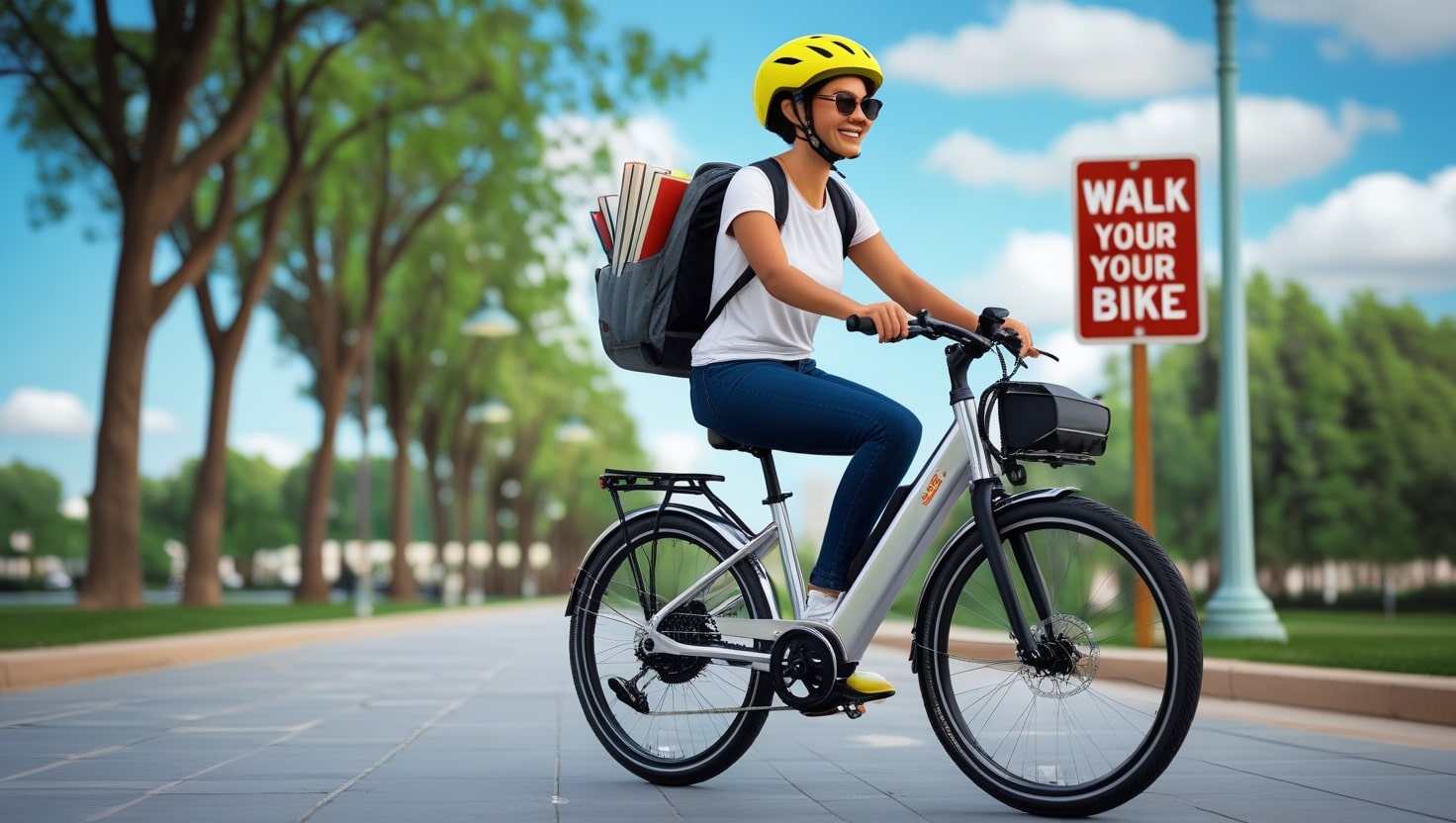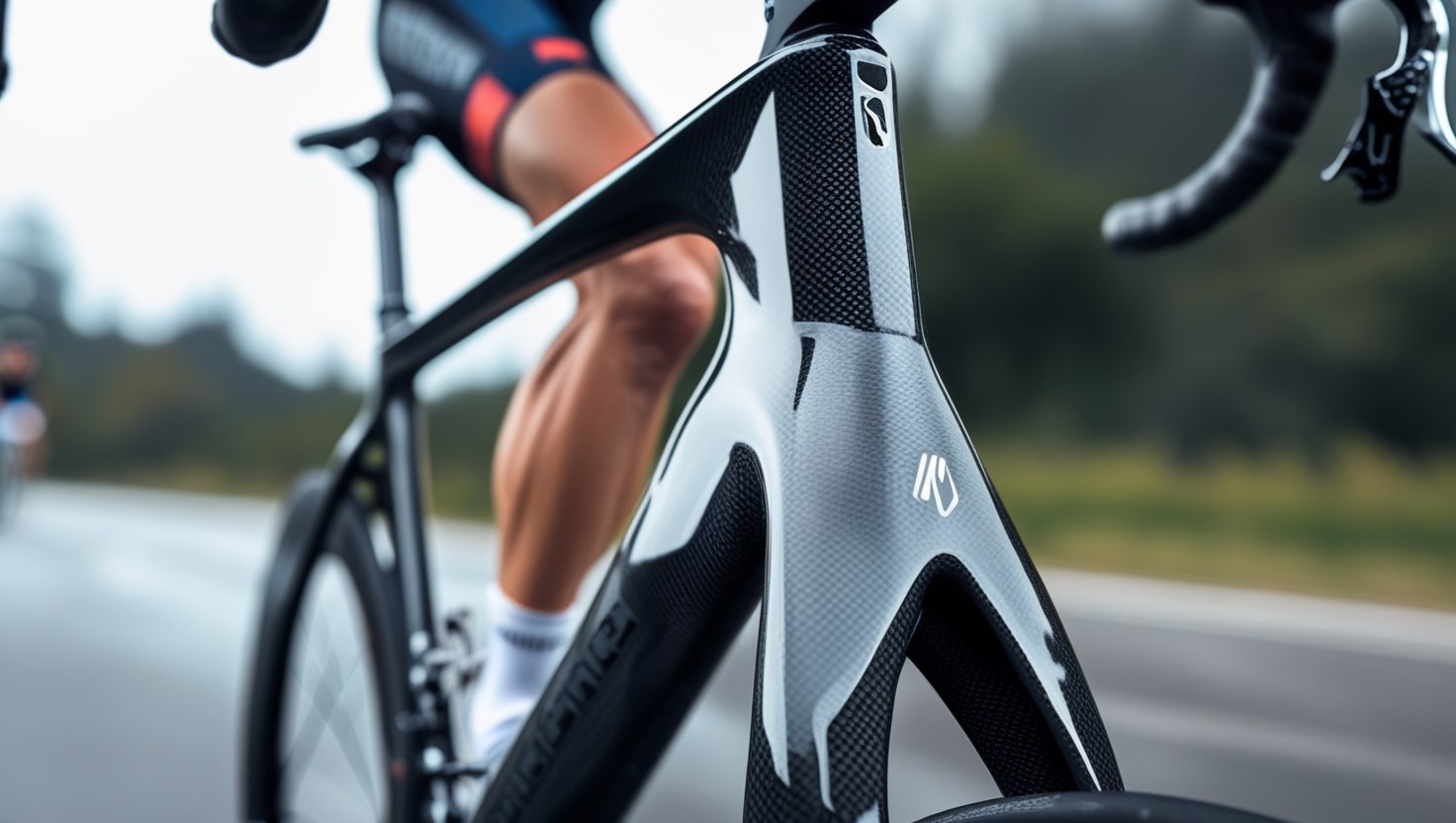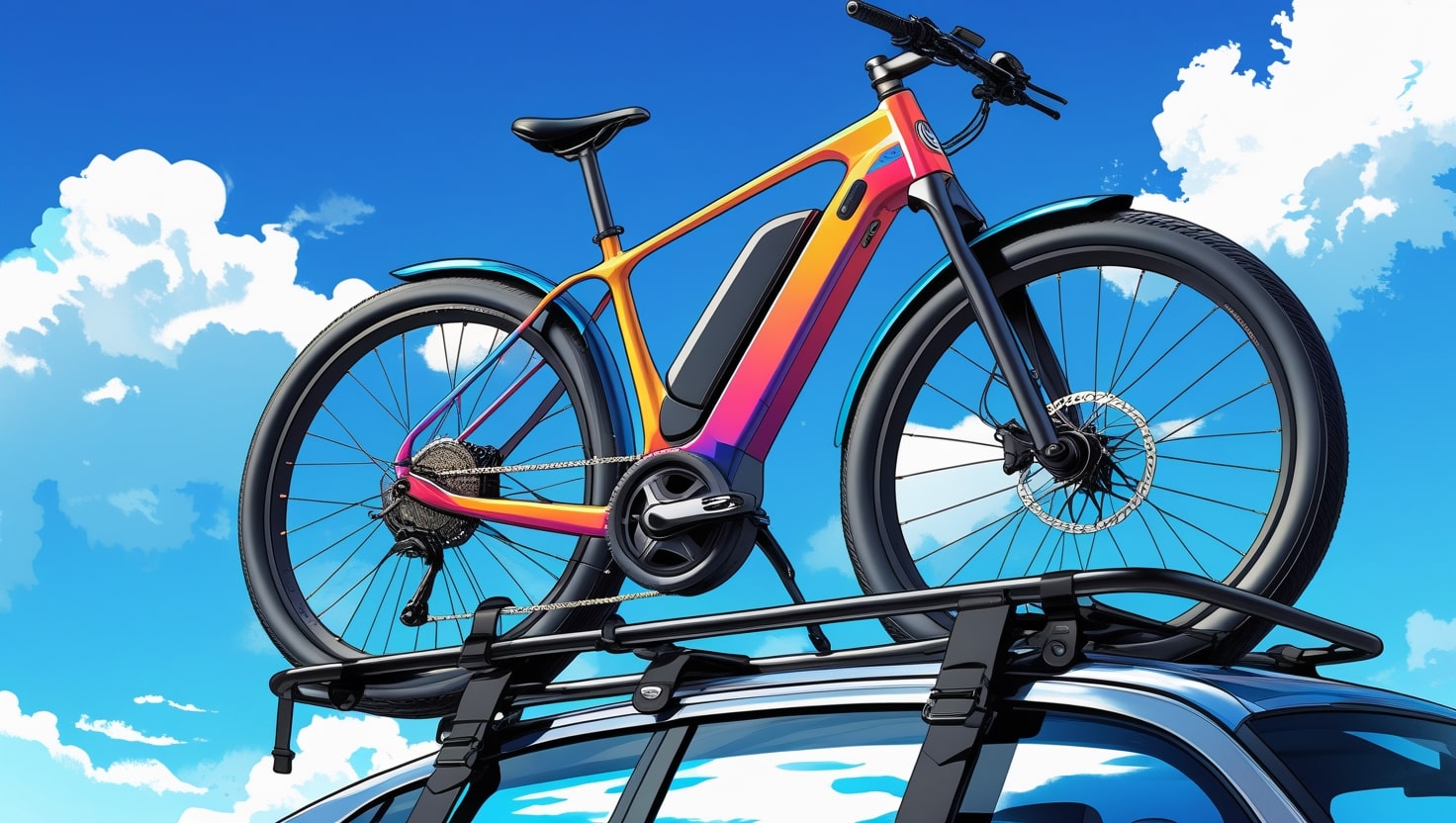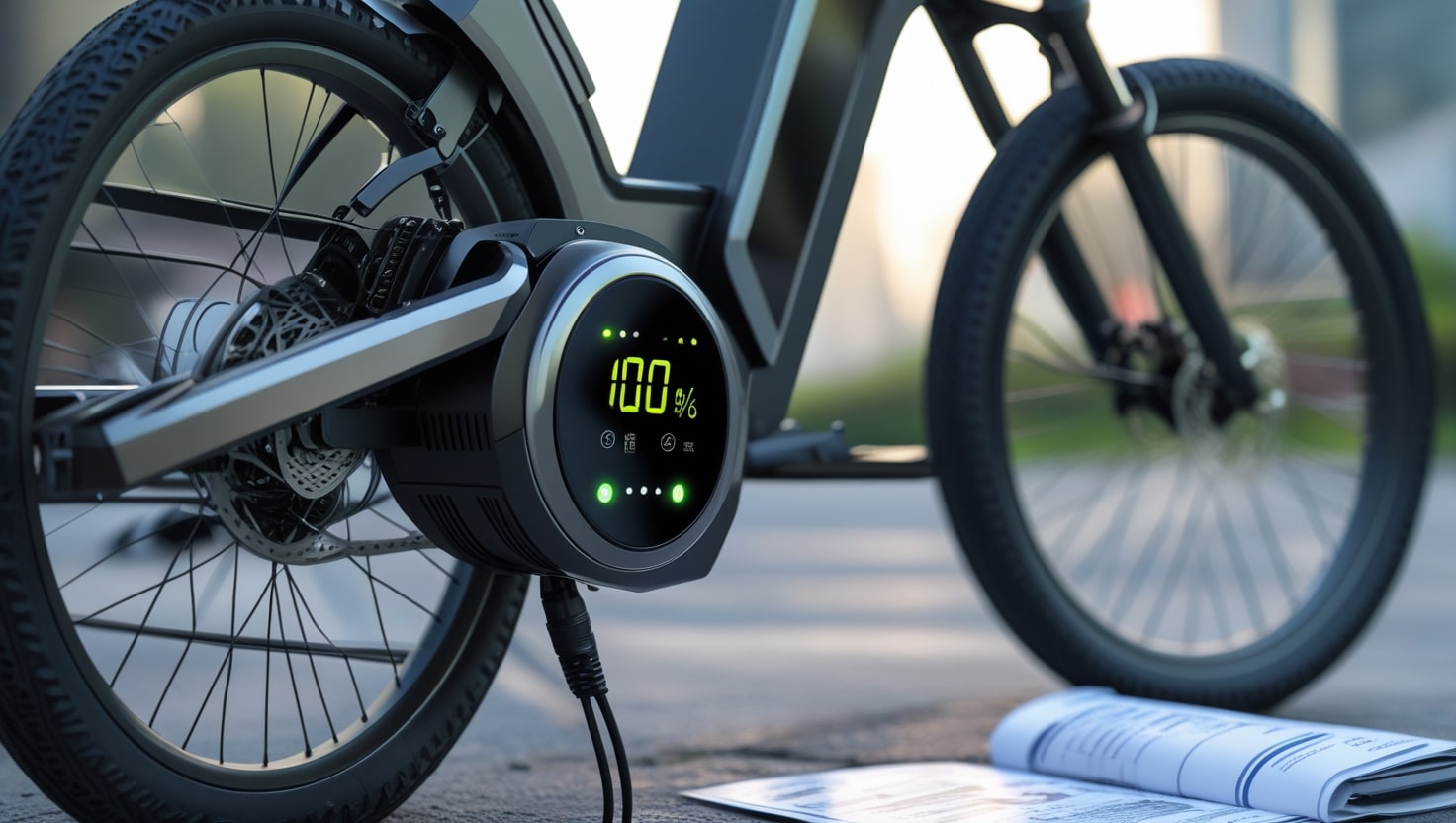When I first started cycling, I thought the biggest challenge would be building strength in my legs or managing my lungs on uphill climbs. But the real surprise came from the discomfort of simply sitting on the saddle. Like most beginners, I didn’t expect the sharp pain, numbness, or occasional burning sensation that came after just a short ride.
The setup of the bike, the position of the saddle, and even tight shorts created unnecessary barriers between me and a truly pleasurable experience. It’s true—what seems like a small issue can quickly escalate to saddle sores, back pain, or even neck knots if the fit isn’t right.
Over time, I’ve learned that how to make bike saddle more comfortable isn’t just about buying new gear—it’s about thoughtful adjustments that reduce lactate buildup in the legs, improve breathing through less strain on the lungs, and allow for natural movement during exercising. We ride for different reasons: for health, freedom, or to escape the stress of everyday life and business.
But none of that matters if you’re constantly adjusting your seat or dreading the next ride. Finding the right positions and learning how to balance comfort with performance can turn even long sessions in the sunshine into a smooth and energizing part of your routine.
how to make bike saddle more comfortable: 10 Best Ways
Adjust your reach

When I first got serious about cycling, I thought comfort was all about the saddle height or maybe how padded my seat was. But after long rides left me with sore shoulders and a tight lower back, I learned that your reach—the space from your bottom bracket to the handlebars—matters just as much. Getting the bike fit right involves more than basic measurements. A slightly improper reach can make you feel unstable, ruin your aero position, or even cause saddle sores.
If you feel too stretched out, try a shorter stem; if cramped, a longer stem may help. Making a small adjust to the stem length changed my entire riding position for the better. Sometimes, it’s not the bike frame itself but simply how things are set up. Don’t underestimate the impact of saddle angle, because changing that also affects your saddle height. If you’re making changes, remember to double check everything—especially the height—after dialing in your fit.
For a simple and cheap change, try sliding the seat. Moving the saddle forward or saddle backwards can be just enough to bring your reach into a better balance. Even a small shift makes a difference, but always keep in mind how these changes interact. After several trial-and-error attempts, I realized that once I found the perfect setup and finished dialling in the details, I no longer felt uncomfortable—I felt free to ride.
Related: 10 Essential Tools for a Bike Ride
Adjust your handlebar height or stem angle
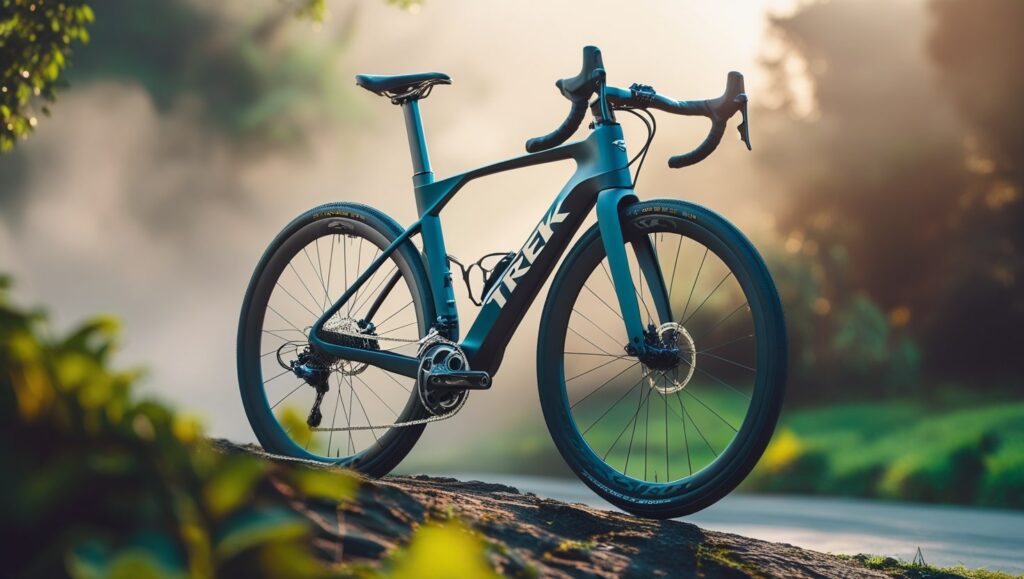
Once you’ve worked on your saddle and reach, the next thing that changed my riding experience was learning how to adjust my handlebars. Many riders overlook this, but small tweaks to handlebar height or stem angle can make a huge difference in comfort. I used to ride with slammed stems because that’s what the pros did—it looked fast and aero, but it killed my shoulders, wrists, and hands. The aggressive riding position just didn’t suit my daily miles.
Raising the height of your handlebars even slightly helps ease upper body strain. I started by adding spacers beneath the stem, right above the headtube and headset, which gave me a more upright stance. This improved my fit significantly and made longer rides less tiring. Keep in mind that even a subtle shift in stack height or a flip of the current stem can improve comfort. I once went from a -7 degree to a +7 degree setup by flipping the stem, and it instantly felt more natural.
These changes don’t just affect handlebar feel—they also influence your reach, so be sure to take updated measurements and recheck your overall setup. Swapping out the stem or adjusting the angle may seem small, but getting your cockpit dialed in will reduce pain, increase control, and help you ride longer without discomfort.
Related: Fiido X Folding Electric Bike Review
Try a different saddle
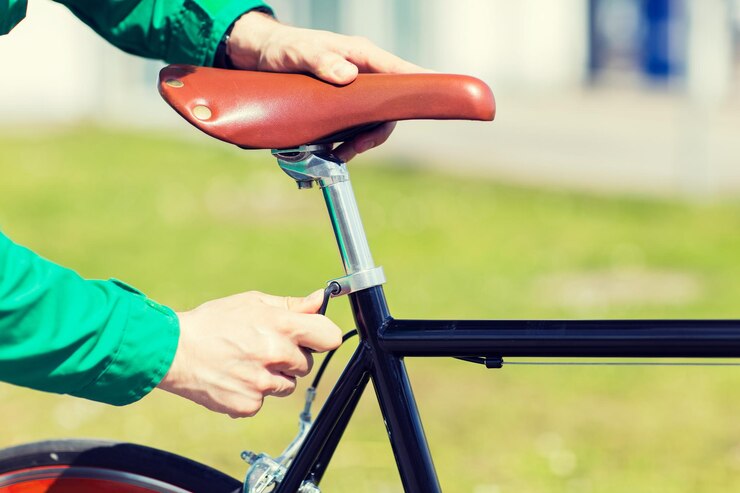
After years of cycling, I realized that no matter how good my bike fit or posture was, an improper saddle could still leave me with serious discomfort. I’ve dealt with saddle sores that made sitting at home or in an office chair incredibly uncomfortable, and I wouldn’t wish that kind of pain on anyone. The problem often starts when riders trust their eyes—thinking larger saddles with more padding must be better. But that soft feel often leads to chafing, bouncing, and pressure in all the wrong places.
What worked for me was switching to smaller saddles—specifically lightweight saddles that were anatomically fitted and form-fitting to my sit bones. The best ones I tried had a cutout down the middle, some even chopped off at the nose or split into a split-nose shape. These saddles are usually wider in the rear and narrow at the front, made for different styles and body shapes. Whether it’s a filled-in nose or an open cutout, it’s all about preference, and what feels right for you personally. Even among experienced cyclists, the difference between a split and filled-in shape is often a matter of versus comfort.
My advice? Head to a local bike shop and try a trial program. Most shops will let you test a few options for a couple of weeks. If one saddle doesn’t feel right, just swap it. I’ve swapped many saddles over the years until I found what worked. There’s no shame in trying different options or asking questions—the right saddle can help you relax and ride longer without discomfort.
Related: Do Bikes Have Weight Limits?
Check your saddle height
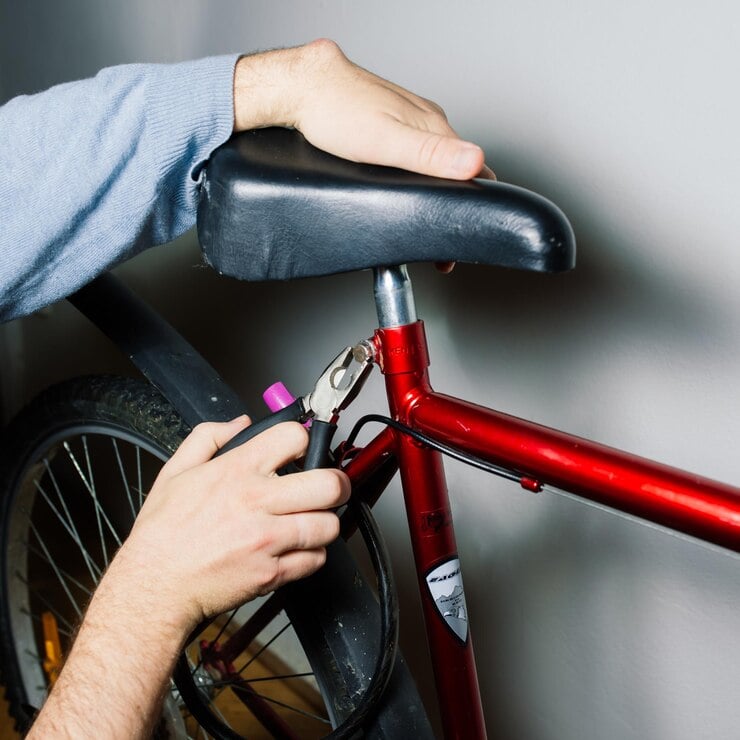
If you’re still feeling off on the bike after changing your saddle or adjusting your reach, it might be time for a re-checking of your saddle height. I’ve seen riders suffer knee pain or even IT band syndrome from a saddle set too high, while others lose power output and pedalling efficiency when the seat is too low. Even something as small as a millimetre can make a difference—your seat post might slip over time, or maybe your body has grown or shrunk slightly. The best part? This adjustment costs no money and can be done in under a minute.
To get it right, start by taking your inseam, then subtract 10cm. That number is your ideal saddle height from the centre of the bottom bracket to the top of the saddle. This measure is a basic part of setting your bike up properly and is something even experienced cyclists forget to check from time to time.
Adjust your saddle angle

For a long time, I believed a flat saddle was the golden rule of bike fit. But after dealing with numbness and discomfort, I decided to try adjusting my saddle angle. Some riders find comfort with the nose down, while others feel better with the nose up. My first time tilting it upwards, it looked painful, but surprisingly, it made my sit bones feel perfectly supported. The key is to tilting the saddle until you find a balance that works for your unique position on the bike.
Lowering the nose can relieve pressure on your sit bones, but it might shift too much weight onto your arms. Meanwhile, turning the nose slightly upward may help you feel more planted and steady while riding. The goal is to keep your position aligned and reduce any unnecessary strain. Everyone’s body responds differently, so don’t be afraid to fine-tune this subtle but powerful detail of your setup.
Check your cleats
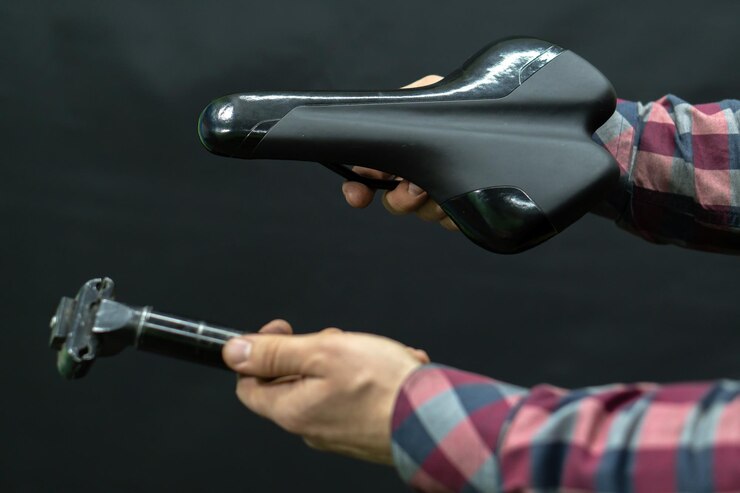
One part of cycling comfort that often gets overlooked—even in cafes or bike shops—is cleat setups. I learned this the hard way after dealing with nagging knee pain and hip pain that wouldn’t go away. An incorrect cleat setup can seriously affect your pedalling motion, leading to IT band syndrome, ankle problems, and general lower body pain. The safest starting point is setting your cleats in the middle of your shoe, directly under the ball of foot. This keeps your knee tracking straight and makes the whole motion more stable and powerful.
If the positioning still feels uncomfortable, it’s worth having a professional bike fitter evaluate your angles and check for structural imbalance in your legs—you might even need a different cleat setup for each foot. Using cleats with a bit of float—even just a few degrees—lets the foot move slightly while clipped into the pedal, which helps reduce stress on your joints. Don’t underestimate how a small set up tweak can improve comfort over time.
Double wrap bar tape
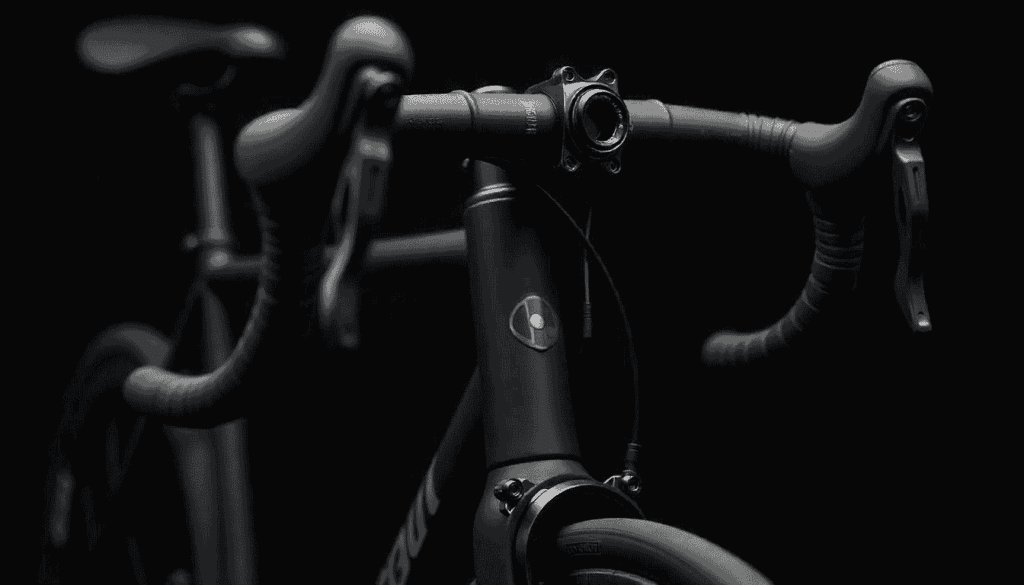
When you’re riding long distances or over rough surfaces, a little extra support can go a long way—not just for your saddle, but for your hands too. One simple, old-school trick that even professional cyclists use in races like Paris-Roubaix, where riders spend hours tackling brutal cobblestones, is double-wrapped bar tape. This method adds padding and creates a soft cushion between your grip and the road, which helps reduce upper body fatigue and makes your whole setup feel more stable.
It’s easy to do; just put a second piece of bar tape on top of the first one. For an even more extreme level of comfort and cushioning, slide gel inserts underneath the bar tape before wrapping.
Adjust your tire pressure
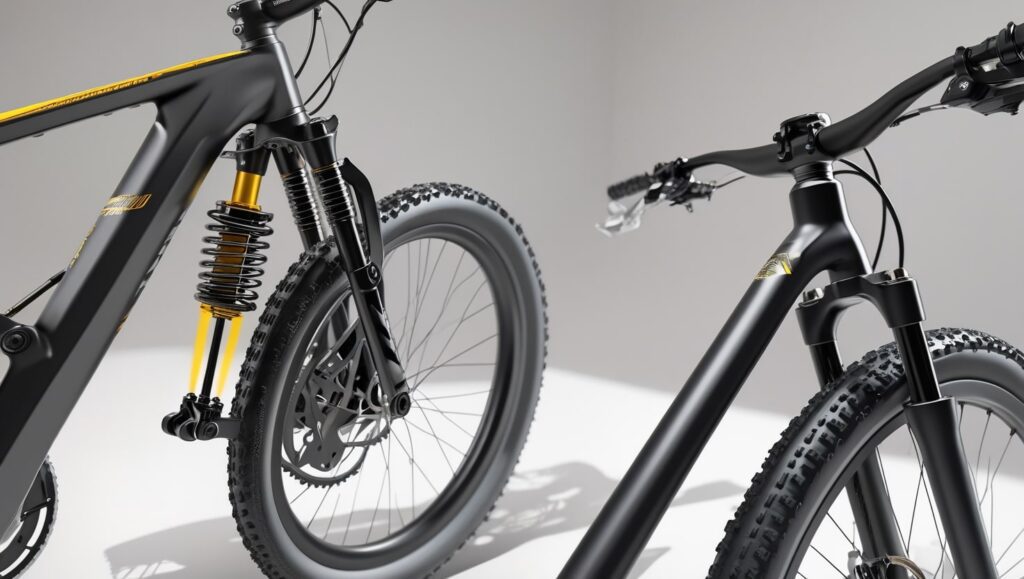
When you’re trying to improve comfort on the bike, don’t forget that the first thing touching the floor is your tire. Every crack, pothole, or bumpy patch sends a shockwave of force through your frame, into your body, arms, and hands. To help cushion those impacts, I always recommend wider tires and wider rims, which absorb vibrations better. More importantly, lowering your tyre pressure can make a big difference on rough surfaces or pothole-stricken roads.
A lot of us grew up thinking 120psi was the ideal for road riding, but it turns out that 80 to 95psi is usually the fastest and smoothest range, depending on your rider size and the road surface. That range helps your tires roll better and boosts ride quality—especially on rough roads. You don’t need to drop your pressure to a sluggish level; just a thoughtful adjustment in tire pressure helps reduce jarring hits and keeps your position stable. It’s a simple change with a big payoff for your comfort.
Fit mudguards
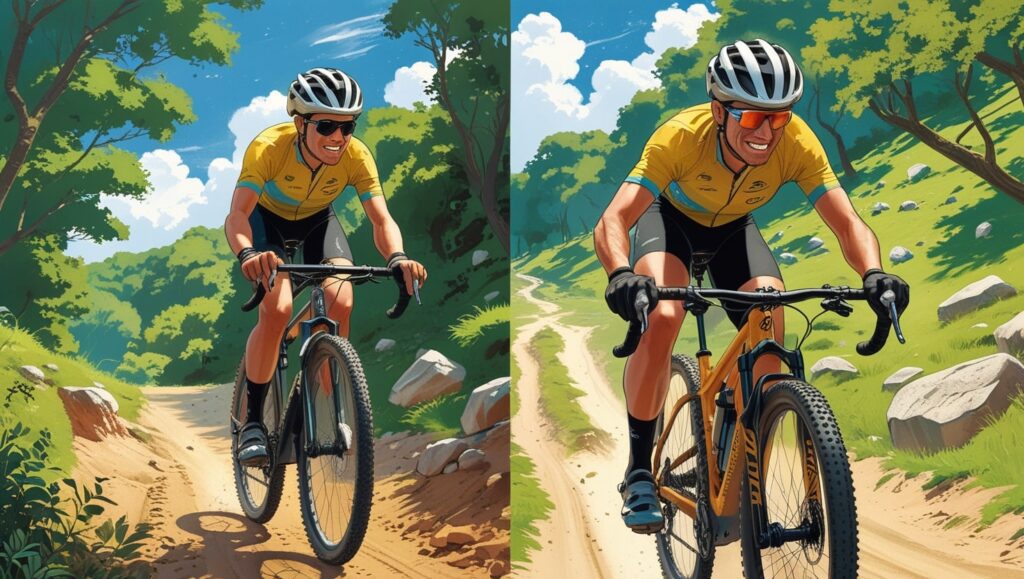
If you’ve ever gone riding on your bike in the rain, you know how quickly you can feel uncomfortable—especially if you’re under-dressed. While a water-proof or water-resistant rain jacket helps your upper body, nothing protects your lower half better than a good pair of mudguards. They act as simple yet powerful protectors, shielding your backside from splashes off wet roads, helping you stay dry, warm, and ultimately more comfortable on soggy rides. Best of all, they don’t cost many pounds and are often more practical than fancy breathable or lightweight gear.
There are many styles of mudguards—from sleek to bulky—that clip onto your frame or attach neatly to the underside of your saddle. I’ve tried both, and even the most basic version made a huge difference during cycling in wet conditions.
Buy a new bike (and make sure it's the right size)
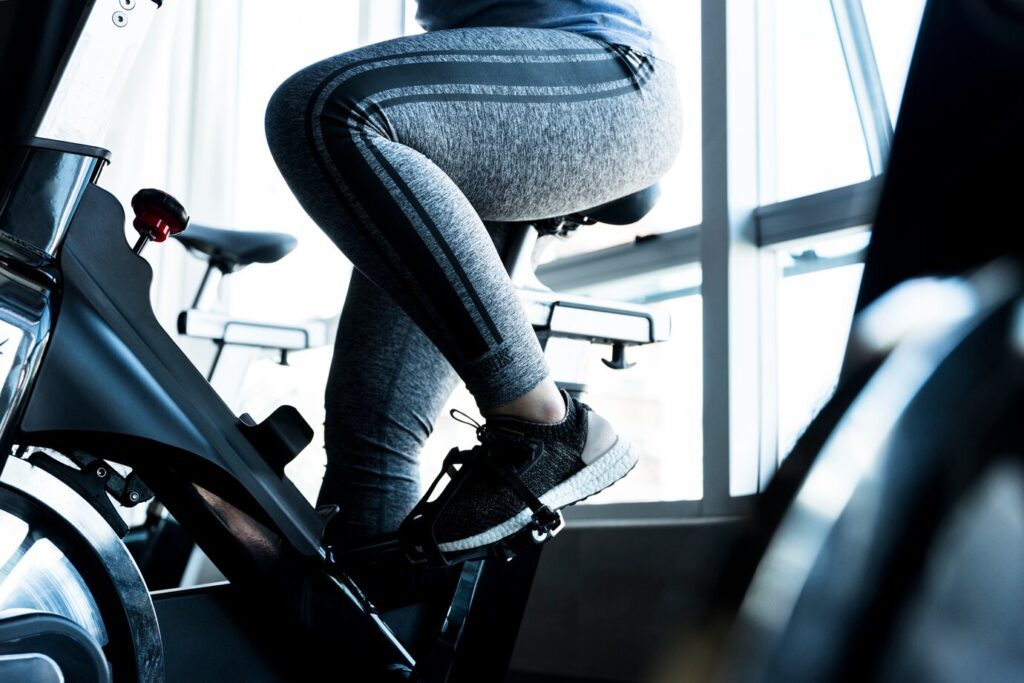
If you’ve already tried adjusting your handlebar height, saddle height, reach, and even your cleat placement, but nothing feels quite right, it might be time to buy a new bike. Sometimes, no matter how many tweaks you make, your current bike just never truly fits. I’ve been there—making change after change and still ending every ride feeling off. The moment you hop on a bike that’s the right size, you instantly feel the difference. A properly fitted frame supports your comfort, posture, and power transfer without effort.
Before making that next purchase, make sure you’re properly assessed by a bike fitter. They’ll take precise measurements and recommend the ideal frame geometry and size for your body and riding style. A professional setup will help ensure that everything—from your saddle height to your handlebar height—is aligned for maximum comfort. If a bike isn’t the right size, it won’t work for you, no matter how good it looks or goes. Getting the fit right once saves countless hours of adjustment later.

